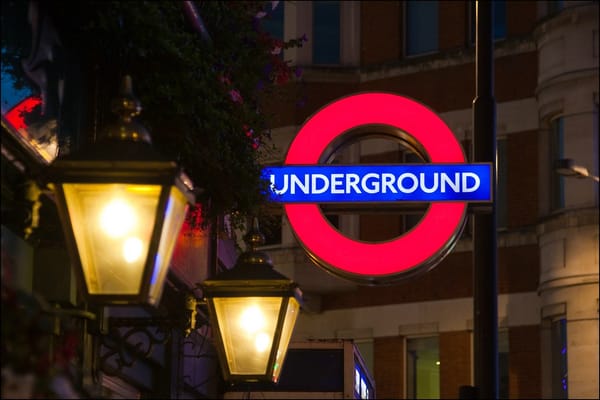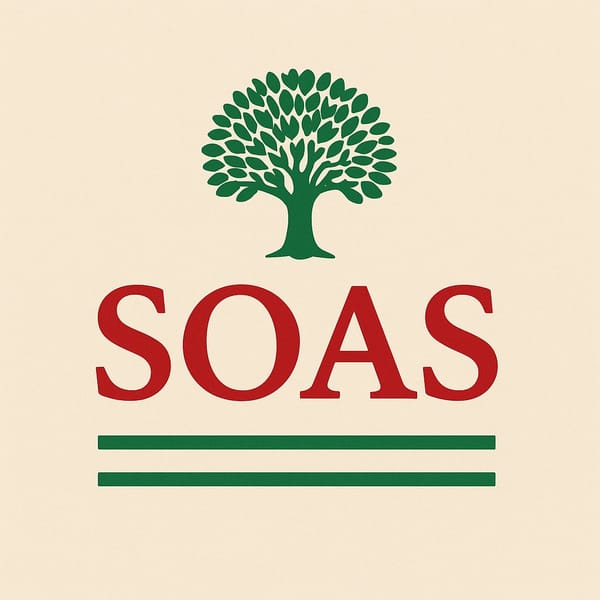Exhibition Review: “I am British Petroleum: King of Exploitation, King of Injustice”

Yasmin Elsouda, BA International Relations
The British Museum (BM) partnered with British Petroleum (BP) to present “I am Ashurbanipal: King of the World, King of Assyria”. The exhibition began late last year and has just ended. This brings forward multiple questions: How did BP get hold of the items on display? What was the underlying interest of this exhibition on ancient Iraqi history? What narrative does it promote and what has been erased? In response, on the 16th anniversary of the global protests against the Iraq war, a rival exhibition “I am British Petroleum: King of Exploitation, King of Injustice” was showing in the P21 Gallery. It was put together by artists in Iraq and the diaspora to uncover “the realities and consequences of BP’s intervention in Iraq”.
It is no secret that BP lobbied the UK Foreign Office in the lead up to the 2003 invasion of Iraq to gain access to Iraq’s oil wells. A 2002 UK Foreign Office memo entails “Iraq is the big oil prospect. BP is desperate to get in there.” Sure enough, in 2009 BP was the first Western company to enter and the “Chilcot Inquiry” (2016) showed that BP had started technical reviews of oil fields in southern Iraq as early as 2003. This is not a post-modern phenomenon, in 1915 the British invaded southern Iraq (then part of the Ottoman empire), after the government bought stocks in the Anglo-Persian Oil Company. Unsurprisingly, the Iraqi community at home and in the diaspora were outraged by BP’s sponsoring of the BM exhibition.
BP’s presence in Iraq is secured for another 15 years after their 2014 contract renewal with the Iraqi government. This comes after the initial illegal 2009 contract, made in opposition to a popular Iraqi campaign countered with extreme violence. In the most recent burst of resistance, Iraq’s High Commission for Human Rights found that 20 people were killed, 492 injured and 425 arrested. All this while BP rakes in a staggering $660 million a year which is predicted to continue for another 20 years. The exploitation does not end there, oil money that gets to the Iraqi government is not being invested into the country as they are charged with BP’s operational costs. Combined with their perpetuation of the water crises in southern Iraq, the region’s water-borne diseases and cancer rates have sky rocketed. This is the same historically lush region surrounding the Tigris and Euphrates rivers that birthed early Assyria.
The Ashurbanipal exhibition is quite self-explanatory about how the relics and artefacts ended up in London: colonial conquest in the mid 19th century when British and French imperial explorers started digging around Mosul. The BM website explicitly outlines this process and then skips to the effects of bringing these Assyrian relics on British elite culture and the imperial cultural rivalry between Britain and France. The Iraqi narrative is erased. This is quite literally visible in how at this very moment the National Museum of Iraq is full of replicas. BP’s twisted masterfulness combined British colonial legacy with its own contemporary exploitation of Iraqi resources to produce a monumental example of cultural diplomacy.
The P21 Gallery’s exhibition brings together native voices focusing on Iraq’s contemporary
history, and injects them into the discourse.
Visiting the gallery
Credits: Yasmin Elsouda



